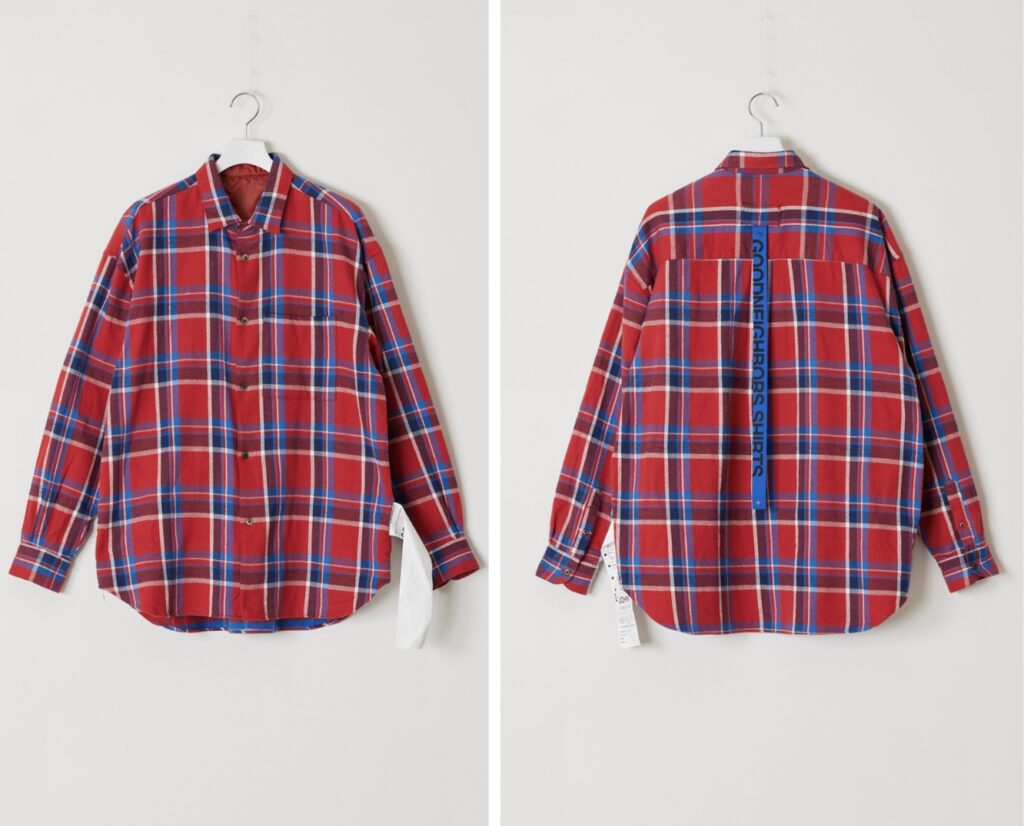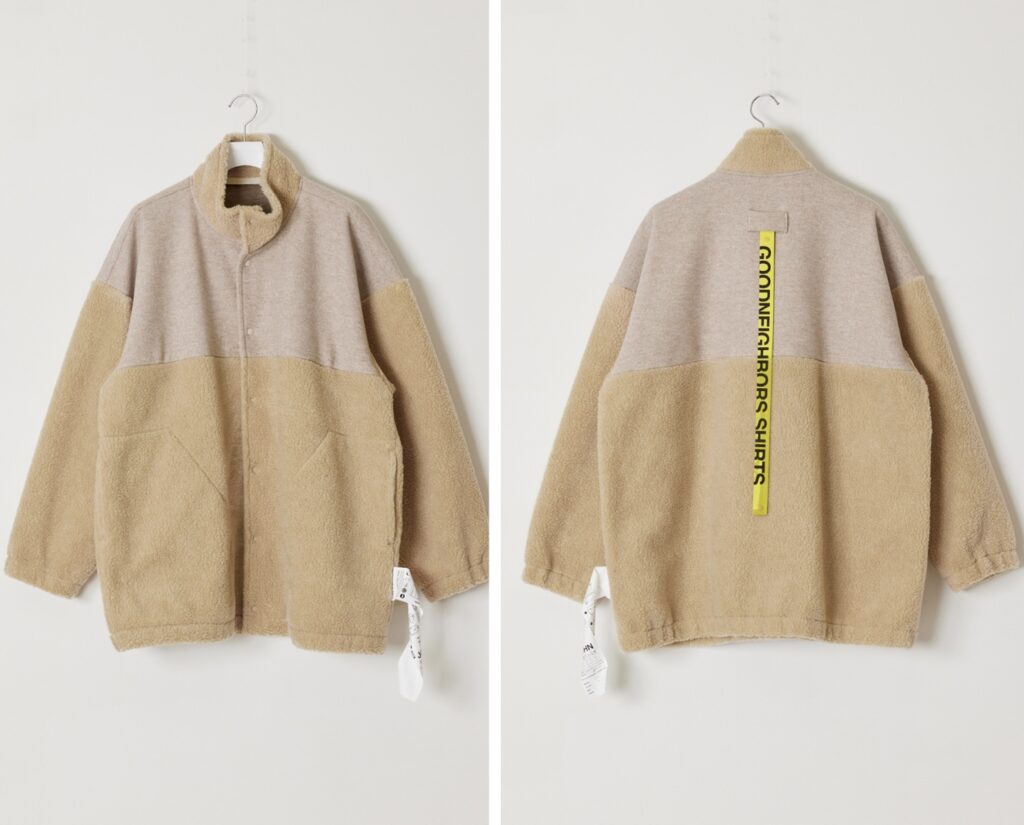Top Brands vs Fast Fashion
Searching for Value in an Oversaturated Fashion Industry
In a world where fashion has become synonymous with rapid turnover and mass production, the line between top brands vs fast fashion is blurred. But, in this oversaturated market, where can we find value?
Top brands and fast fashion are two faces of the same coin. Indeed, they offer the same worldview, just for different pockets. The reason is quite simple: by operating within the economic framework of capitalism, fashion has become a matter of stock exchange more than creativity. In fact, it has shifted its focus from creativity and innovation to financial transactions. Transforming itself into a game of numbers, budgets and unsustainable growth.
Over the last two decades, top brands pursued the logic of perpetual renewal, a characteristic of fast fashion brands. Consequently, overproduction has spiraled out of control, leading to the evident consequences we witness today. And blurring the line between the two segments.
Fast fashion unsustainable & unethical
Fast fashion is unsustainable and unethical. It capitalises on a business model that disregards environmental impacts and exploits individuals, perpetuating modern-day slavery. While it offers the latest trends and affordable prices, this exploitative approach comes at a significant cost to both people and the planet.
Top brands & luxury products
Interestingly, the narrative surrounding top brands isn’t all about substance. By following fast fashion timing and constant renewal of their products, top brands have stopped offering value. In fact, expensive doesn’t always correspond to a higher quality. Specifically, the correlation between exorbitant prices and superior quality is not guaranteed. Luxury products, often draped in prestigious branding, can often be nothing more than low-quality items benefitting from their labels’ reputation. Easy to sell right because of the brand. Quality is an illusion crafted by marketing.
In short, fast fashion results in poor quality, disposable items, and exploitative production systems. But, by following the same exploitative system, luxury clothing does not equate to superior quality.
A beacon of style: niche fashion
Among this very crowded fashion panorama, can we still find meaningful products?
In this labyrinth of fashion excess, there’s a beacon of hope: niche fashion. Within the cluttered panorama of mainstream brands and fast fashion giants, niche fashion emerges as a ray of authenticity through meaningful garments.
Niche fashion, unlike its mass-produced counterparts, operates on a different wavelength. It focuses on craftsmanship and uniqueness. By valuing quality over quantity, these brands avoid the pitfalls of overproduction and unethical practices.
These brands pride themselves on transparency, showcasing the stories behind their products, the sourcing of materials, and the artisans behind the scenes. In a world inundated with generic trends, niche fashion stands tall, offering individuals the chance to express themselves authentically through their clothing choices.
Most importantly, these brands contribute to a shift in consumer mentality. They advocate for conscious consumption, encouraging individuals to invest in fewer, higher-quality pieces that align with their values rather than succumbing to fleeting trends.
As consumers, it’s crucial to reevaluate our relationship with fashion. The power lies in our choices. Supporting niche fashion means endorsing a more sustainable, ethical, and genuine approach to style.
Within the fashion industry, navigating through the competing narratives of fast fashion vs top brands, our pursuit of value and meaning directs us towards niche fashion. In this space, we uncover a deeper connection between the garments we choose, the stories they tell, and their impact on our world.
Top Brands vs Fast Fashion Read More »

